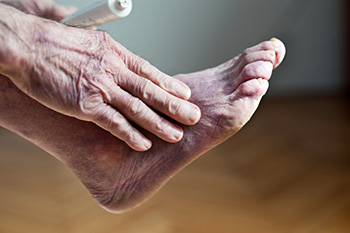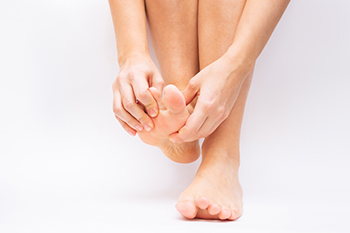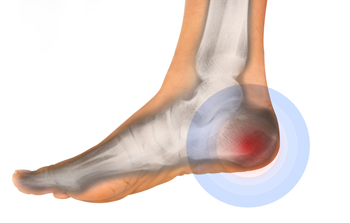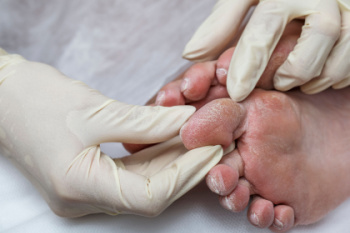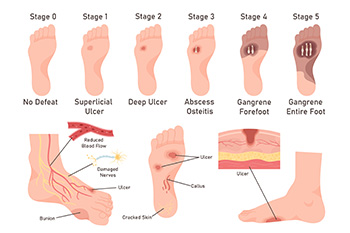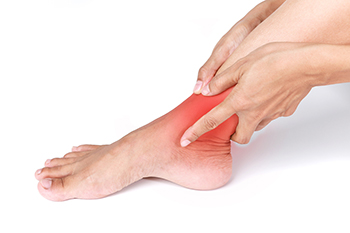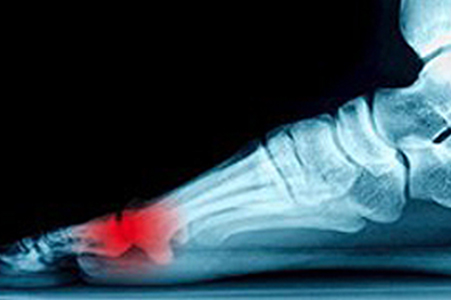
Foot pain can occur in the heel, arch, toes, or ball of the foot and often results from strain, injury, or underlying conditions. Among the most common causes of foot pain are gout in the big toe joint, bunions at the base of the big toe, or hammer toes, where the toes bend into a claw-like position. Having flat feet may place added stress on ligaments in the arch, while plantar fasciitis and heel spurs often create persistent heel pain. Sports injuries, sprains, tendon or ligament tears, and stress fractures can also lead to discomfort and limit mobility. Nerve-related issues, such as Morton’s neuroma or nerve damage linked to diabetes, may cause tingling, burning, or numbness in the feet. A podiatrist can assess the cause of your foot pain and provide appropriate treatment, which may include orthotics, medication, or surgery. If you are experiencing foot pain, it is suggested that you make an appointment with a podiatrist for a diagnosis and treatment options.
Foot Pain
Foot pain can be extremely painful and debilitating. If you have a foot pain, consult with one of our podiatrists from Foot & Ankle Centers of Charlotte County . Our doctors will assess your condition and provide you with quality foot and ankle treatment.
Causes
Foot pain is a very broad condition that could be caused by one or more ailments. The most common include:
- Bunions
- Hammertoes
- Plantar Fasciitis
- Bone Spurs
- Corns
- Tarsal Tunnel Syndrome
- Ingrown Toenails
- Arthritis (such as Gout, Rheumatoid, and Osteoarthritis)
- Flat Feet
- Injury (from stress fractures, broken toe, foot, ankle, Achilles tendon ruptures, and sprains)
- And more
Diagnosis
To figure out the cause of foot pain, podiatrists utilize several different methods. This can range from simple visual inspections and sensation tests to X-rays and MRI scans. Prior medical history, family medical history, and any recent physical traumatic events will all be taken into consideration for a proper diagnosis.
Treatment
Treatment depends upon the cause of the foot pain. Whether it is resting, staying off the foot, or having surgery; podiatrists have a number of treatment options available for foot pain.
If you have any questions, please feel free to contact our offices located in Punta Gorda and Port Charlotte, FL . We offer the newest diagnostic and treatment technologies for all your foot care needs.
